You've heard that peanut butter is fattening, inflammatory, & a bad option, so you're wondering if peanut butter is good for you or not? Let's find out in today's post!

Oh, peanut butter.
Creamy, delicious, peanut butter. How you've been unfairly attacked, but I'm here to set the record straight. Well, for most people, that is.
Read on, and I'll explain.
So peanut butter is just ground up peanuts, right?
The answer is, usually, not.
With us all eating more shelf-stable foods, like peanut butter, I thought I'd take a deep dive into this one today to find out all about peanut butter and if it's healthy. Let's get to it!
What is Peanut Butter?
Peanut butter often has oils, sugar, salt, and even preservatives added to it for various reasons, including taste, texture, or stability. In general, you want to avoid these if possible or educate yourself about the types of oil you'll be okay with your diet.
For instance, some manufacturers add palm oil or coconut oil to help increase shelf stability. Others add oils that I'm less okay with, like hydrogenated oils and others. Read the label carefully. If it has too many added ingredients, it will be called peanut spread instead of peanut butter. And if you don't want to take a deep dive into the ingredient list, pick the one that has peanuts as it's the only ingredient as the healthiest option.
What's in Peanut Butter?
Protein
While most people consider peanut butter a high protein food, I do not. Per two tablespoons, you get seven-ish grams of protein and about 190 calories. Compare that to the equivalent in calories of a chicken breast or slice of tofu that clock in around 20 grams of protein, and you'll see why I don't consider peanut butter a high protein food given the number of calories it contains. I like to think of the protein as a bonus to this source of healthy fats. (Read What are the Best Healthy Protein Sources)
Healthy Fats
Fat composes every single cell membranes in our body. It's needed for hormone production, energy production, and helps to keep us full. Fat with a meal is directly related to the production of satiety hormones tell you that you are full, this is a good thing!
Over half of the fat in peanut butter is monounsaturated fat, the same type of fat that is abundant in the Mediterranean diet and that found in olives, avocados, and almonds. Less than 20% of the fat from peanut butter comes from saturated fat. Saturated fat, especially from plant sources, doesn't scare me. Research shows that saturated fat does raise your cholesterol, but also might make it less dangerous.
The other roughly 30% comes from Omega-6 fatty acids, which can be neutral or inflammatory in nature, depending on the amount you intake and other factors, especially if they are not balanced with a high intake of omega-three fatty acids. The average diet contains a 20:1 ratio of omega 6:omega 3 when optimal is probably closer to 4:1. (See fighting inflammation with Omega 3 Rich Food.)
My thoughts are that omega-six fatty acids are only detrimental when intake gets out of control. So it's when we start taking in a bunch of added sources of omega six that becomes a problem. In other words, I'd rather you eat your peanut butter and limit your intake of chips fried in soybean oil, than visa versa.
Peanut butter is a natural source of omega 6's, frying potatoes in soybean oil would be an added source. For example, the sugar found in a strawberry is natural, but if you dip that strawberry in melted chocolate, that's added sugar. (Another reason to read your ingredient list and make sure they don't add highly processed omega-six based oils to the peanut butter.)
Overall, peanut butter is a delicious source of healthy fat, which is essential to our health. (See how to eat more healthy fat.)
Recipe for cinnamon flax peanut butter
Low Carb & Good Fiber Source
Many people are following low carb diets nowadays. While I'm not an advocate for a low carb diet (it can jack up female hormones), I am an advocate for carb cycling and carb responsible diets. Peanut butter is a great low carb source of nutrition that provides a bit of fiber. And anywhere you can get fiber, you should take it, except in fiber one bars, that's got more chemicals than food. Higher fiber intakes have been associated over and over again with a lower risk of disease, including heart disease and colon cancer, as well as lower body weight.
Nutrient Dense
Peanuts are rich in many nutrients, including Vitamin E, Niacin, Vitamin B6, Folate, Magnesium, Copper, Manganese, Biotin, Iron, Potassium, Zinc, and Selenium. Furthermore, peanuts are rich in antioxidants, including p-coumarin and resveratrol, that have been shown to reduce the risk of certain chronic diseases, including heart disease. Overall, peanut butter is a nutrient-dense food.
Sensitivities To Peanuts & Aflatoxin Concerns
Keep in mind that peanuts are not a nut at all, but instead a type of legume. And this is where some of the problems come in. In my husband's family, there runs a sensitivity to beans overall. It's a crazy phenomenon that I've had the pleasure of seeing in their family as I've tested four people, including Mr. Hungry, his dad, his sister, and his cousin.
All of them have this crazy high level of sensitivities to legumes, which include peanuts. So, if you happen to have some weird familial sensitivity to beans, then peanuts might be inflammatory for you causing leaky gut and or other symptoms (migraines, skin irritation, etc.) It could be an issue with lectins or just a weird genetic phenomenon, but either way, it could happen to you. For what it's worth, I've never seen in it in clients that weren't genetically related to Mr. Hungry, though.
Peanuts are particularly susceptible to the mold Aspergillus flavus, which produces a toxin called aflatoxin. Okay, so let's back up because peanuts aren't the only crop susceptible to this mold. It also affects corn, cottonseed, and tree nuts. So keep that in mind, as it's not just peanut butter, we should be singling out.
The USDA tests for aflatoxin (not the mold) in peanuts and sets a limit on the level of exposure because this toxin at high levels has been linked to liver cancer. A few years ago, a study detected aflatoxin (below standard levels) in various brands of peanut butter with the lowest level being big brands and the highest level being small natural foods brands.
What this comes down to is the money and budget to ensure dry harvesting procedures to keep the mold from growing. There is a lower risk of aflatoxin exposure in the US, though, where procedures are more tightly regulated to ensure minimal exposure. Also, the simple act of processing peanut butter reduces aflatoxin by a considerable percentage.
That being said, because aflatoxin is tested for and controlled, my bigger concern is for my clients who have sensitivities to molds. In that case, I might have them pull back or eradicate high mold crops from their diet, including peanuts, corn, and even blueberries, to help reduce exposure. Again, a rare incidence from one on one client work I do that more than likely does not apply to you.
Is Peanut Butter Healthy?
So, can you eat it every day? Is it healthy enough for you?
Peanuts are a rich source of nutrients and peanut butter providing filling healthy fats in a snack or a meal (like peanut butter and jelly sandwich.) You'll want to watch your portions because it's incredibly calorie-dense and can be an easy way to pile on unintended calories.
Furthermore, I believe that no one nut or seed (or nut-like food) is better than the other. Each variety of nuts and seeds has unique nutrient properties, and we should regularly rotate what we are eating for the biggest benefit. For instance, buy peanut butter this trip to the store, almond butter next trip, cashew butter the following trip, etc.
However, the biggest benefit of peanut butter is that it is very cost-effective compared to other types of nut and seed butters. So, if your budget does not allow you to rotate between types, or maybe your kids plow through it too fast to rotate, that's fine. Peanut butter should be considered a nutrient-dense healthy fat to eat as part of an overall well-balanced diet.
What's your favorite way to eat peanut butter?
HH Recipes with Peanut Butter:
- Chocolate Peanut Butter Mug Cake
- Homemade Peanut Butter Chocolate Bars
- Peanut Butter Chocolate Healthy Popcorn Balls
- No-Bake Peanut Butter Protein Eggs
- 1 Minute Peanut Butter Mug Cake
- Loaded Blueberry Peanut Butter Oatmeal
- Butterfinger Chia Pudding
More hot topics:
- Is Jelly Healthy For You?
- Are Bananas Bad For You?
- 10 Misleading Food Labels
- Why Carbs Are Important
- 10 Tips to Eat More Real Food
- Which Foods To Buy Organic

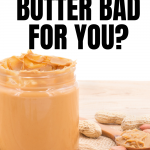

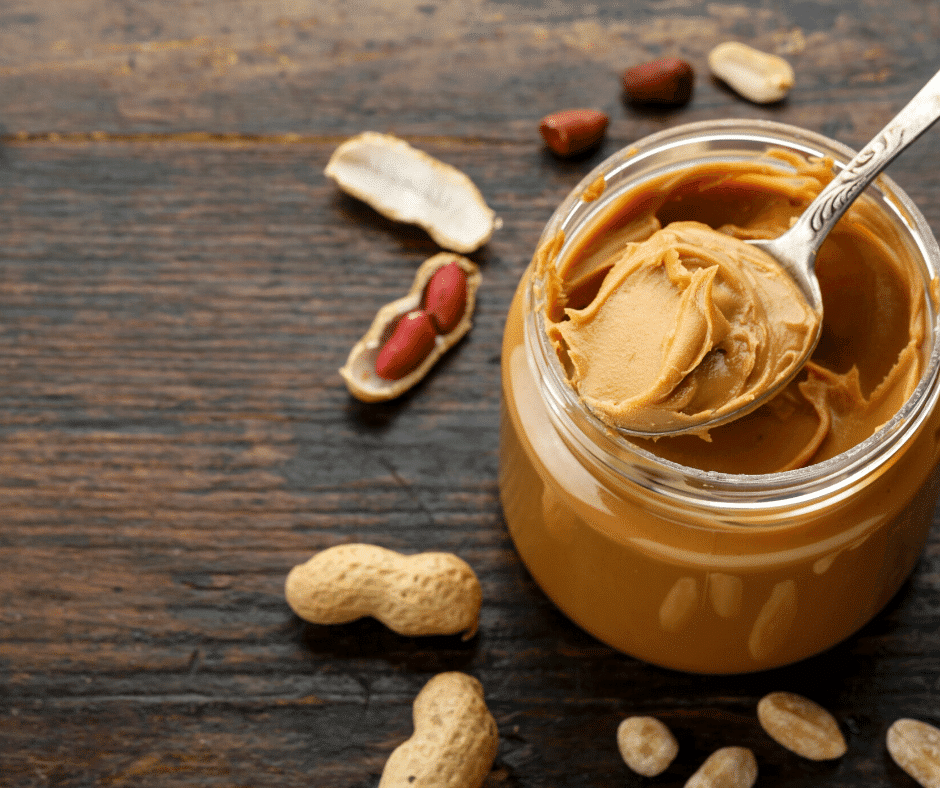
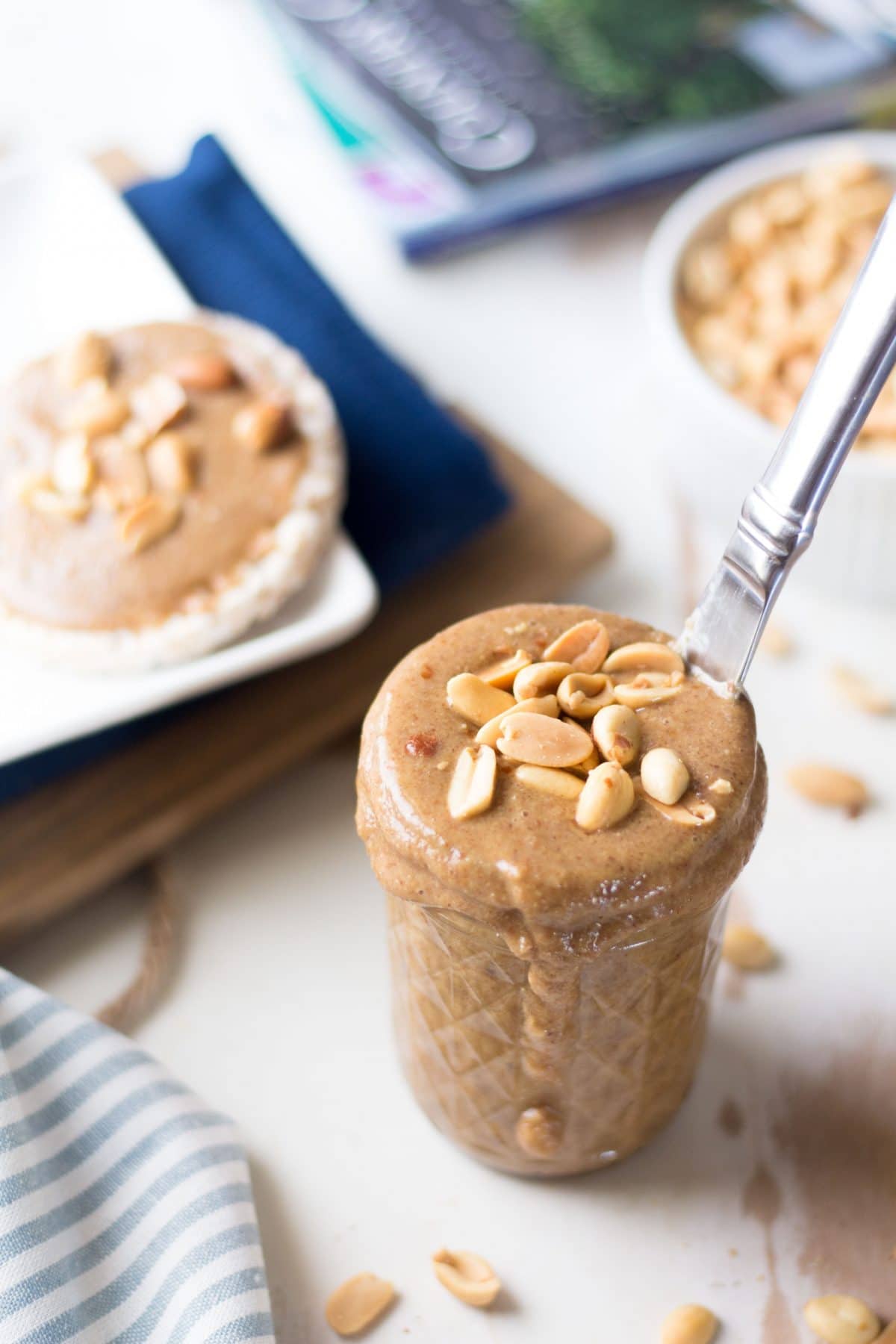

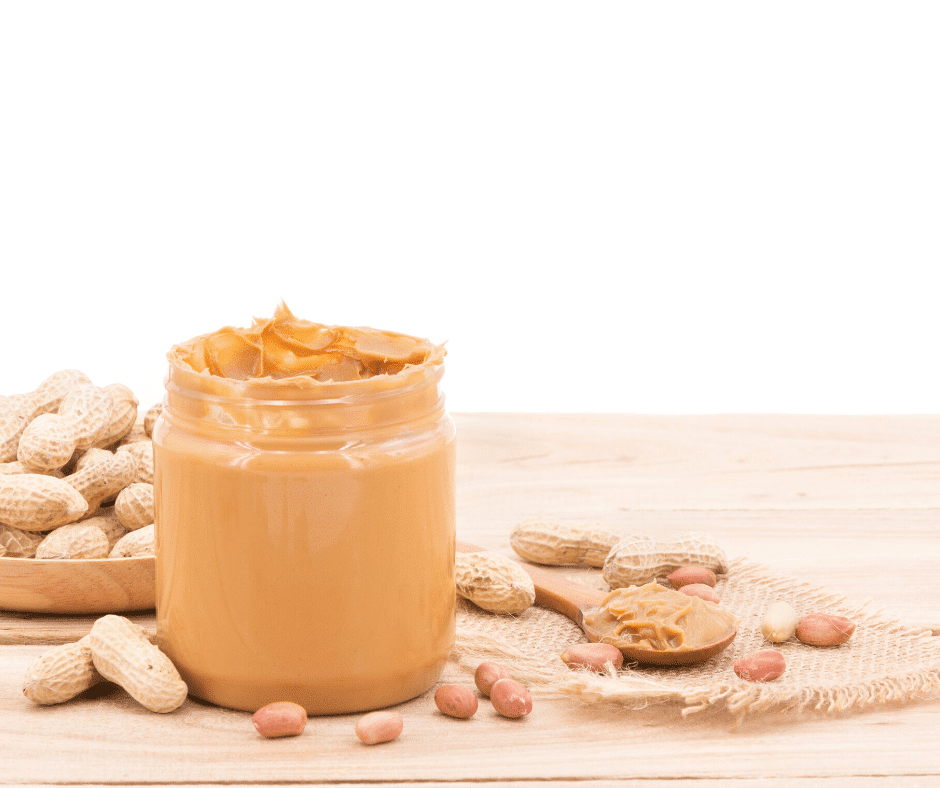



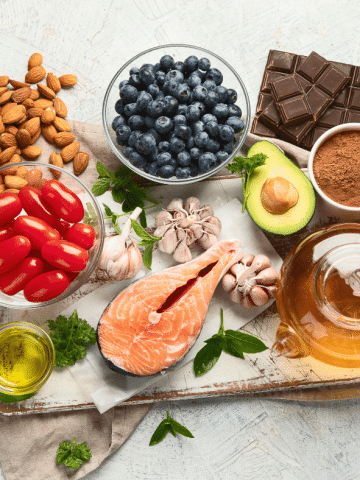
Pete Braun says
While finding peanuts-only peanut butter is not easy, especially given the lack of health food stores near where I live, I still avoid those with hydrogenated oils like my life depends on it.
I did notice a glaring omission, though, in terms of what the limit is for is and isn’t peanut butter. To be labeled peanut butter, at least here in the US, a jar must be at least 90% peanuts. My go-to peanut butter is listed as having that same amount, but is listed as a peanut butter spread for reasons that I don’t quite get. It doesn’t contain any hydrogenated oils, nor is it peanuts-only, as I can never seem to get those to be spreadable without turning into an oily mess.
As for my favorite use for peanut butter...well, that’s unchanged, for sure. Natural creamy peanut butter, raw and unfiltered wildflower honey, a sliced banana and black raspberry jelly (I still call my go-to black raspberry spread that, even if one store’s website lists it as a fruit butter), all brought together between two slices of whole wheat bread. I’m eating one right now. *takes a bite* Mmm, great sandwich!
Kelli Shallal MPH RD says
YUUUUUMMMMM Love that combo! Yes you are right! One of my peanut butter brands has a product like that too. This particular brand has red palm oil (ethically sourced) and honey in it. So, I'm guessing it falls just under the 90% mark and has to be labeled peanut butter spread? Either way, as long as the ingredients are acceptable to you I think its fine!
Pete Braun says
What’s even weirder is that the normal creamy peanut butter of the same brand is listed as an actual peanut butter, even though its got the hydrogenated oil in it. Still, both varieties list peanuts as the first ingredient and have a higher percentage of peanuts than others do. And the natural creamy peanut butter is a better match in terms of taste for the raw and unfiltered wildflower honey I blend in with it when making my favorite use for both, which I revealed in the first reply. I’ve got one right in front of me and am about to enjoy it. *takes a bite* Mmm, peanut butter, honey, banana and jelly, my favorite sandwich! Brownberry, my go-to bread actually tried it for themselves and said it was so good.
Speaking of which, I’m guessing by your reaction that you’ve tried it before.